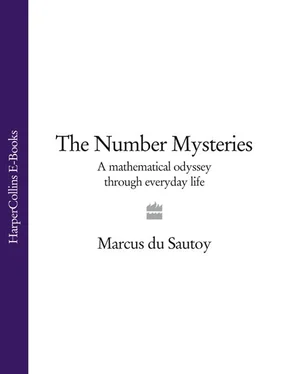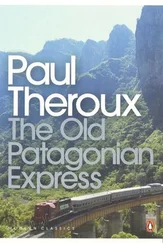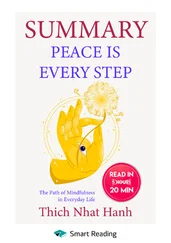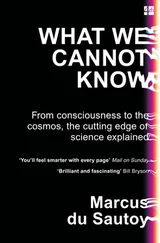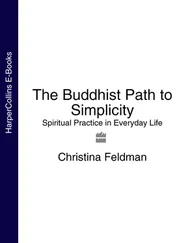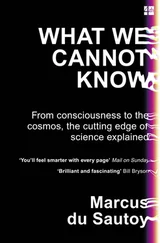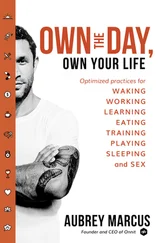The message consisted of a series of 0s and 1s which could be arranged to form a black and white pixelated picture. The reconstructed image depicted the numbers from 1 to 10 in binary, a sketch of the structure of DNA, a representation of our solar system and a picture of the Arecibo radio telescope itself. Considering that there were only 1,679 pixels, the picture is not very detailed. But the choice of 1,679 was deliberate because it contained the clue to setting out the pixels. 1,679=23×73, so there are only two ways to arrange the pixels in a rectangle to make up the picture. 23 rows of 73 columns produces a jumbled mess, but arrange them the other way as 73 rows of 23 columns and you get the result shown right. The star cluster M13 is 25,000 light years away, so we’re still waiting for a reply. Don’t expect a response for another 50,000 years!

FIGURE 1.05 The message broadcast by the Arecibo telescope towards the star cluster M13.
Although the primes are universal, the way we write them has varied greatly throughout the history of mathematics, and is very culture-specific—as our whistle-stop tour of the planet will now illustrate.
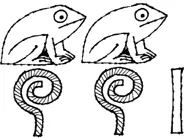
FIGURE 1.06
Some of the first mathematics in history was done in Ancient Egypt, and this is how they wrote the number 200,201. As early as 6000BC people were abandoning nomadic life to settle along the river Nile. As Egyptian society became more sophisticated, the need grew for numbers to record taxes, measure land and construct pyramids. Just as for their language, the Egyptians used hieroglyphs to write numbers. They had already developed a number system based on powers of 10, like the decimal system we use today. (The choice comes not from any special mathematical significance of the number, but from the anatomical fact that we have ten fingers.) But they had yet to invent the place-value system, which is a way of writing numbers so that the position of each digit corresponds to the power of 10 that the digit is counting. For example, the 2s in 222 all have different values according to their different positions. Instead, the Egyptians needed to create new symbols for each new power of 10:
FIGURE 1.07 Ancient Egyptian symbols for powers of 10. 10 is a stylized heel bone, 100 a coil of rope and 1,000 a lotus plant.
200,201 can be written quite economically in this way, but just try writing the prime 9,999,991 in hieroglyphs: you would need 55 symbols. Although the Egyptians did not realize the importance of the primes, they did develop some sophisticated maths, including—not surprisingly—the formula for the volume of a pyramid and a concept of fractions. But their notation for numbers was not very sophisticated, unlike the one used by their neighbours, the Babylonians.
FIGURE 1.08
This is how the Ancient Babylonians wrote the number 71. Like the Egyptian empire, the Babylonian empire was focused around a major river, the Euphrates. From 1800BC the Babylonians controlled much of modern Iraq, Iran and Syria. To expand and run their empire they became masters of managing and manipulating numbers. Records were kept on clay tablets, and scribes would use a wooden stick or stylus to make marks in the wet clay, which would then be dried. The tip of the stylus was wedge-shaped, or cuneiform—the name by which the Babylonian script is now known.
Around 2000BC the Babylonians became one of the first cultures to use the idea of a place-value number system. But instead of using powers of 10 like the Egyptians, the Babylonians developed a number system which worked in base 60. They had different combinations of symbols for all the numbers from 1 to 59, and when they reached 60 they started a new ‘sixties’ column to the left and recorded one lot of 60, in the same way that in the decimal system we place a 1 in the ‘tens’ column when the units column passes 9. So the prime number shown above consists of one lot of 60 together with the symbol for 11, making 71. The symbols for the numbers up to 59 do have some hidden appeal to the decimal system because the numbers from 1 to 9 are represented by horizontal lines, but then 10 is represented by the symbol (Figure 1.09).
FIGURE 1.09
The choice of base 60 is much more mathematically justified than the decimal system. It is a highly divisible number which makes it very powerful for doing calculations. For example, if I have 60 beans, I can divide them up in a multitude of different ways:
60=30×2=20×3=15×4=12×5=10×6
FIGURE 1.10 The different ways of dividing up 60 beans.
The Babylonians came close to discovering a very important number in mathematics: zero. If you wanted to write the prime number 3,607 in cuneiform, you had a problem. This is one lot of 3,600, or 60 squared, and 7 units, but if I write that down it could easily look like one lot of 60 and 7 units—still a prime, but not the prime I want. To get around this the Babylonians introduced a little symbol to denote that there were no 60s being counted in the 60s column. So 3,607 would be written as
How to count to 60 with your hands
We see many hangovers of the Babylonian base 60 today. There are 60 seconds in a minute, 60 minutes in an hour, 360=6×60 degrees in a circle. There is evidence that the Babylonians used their fingers to count to 60, in a quite sophisticated way.
Each finger is made up of three bones. There are four fingers on each hand, so with the thumb you can point to any one of 12 different bones. The left hand is used to count to 12. The four fingers on the right hand are then used to keep track of how many lots of 12 you’ve counted. In total you can count up to five lots of 12 (four lots of 12 on the right hand plus one lot of 12 counted on the left hand), so you can count up to 60.
For example, to indicate the prime number 29 you need to point to two lots of 12 on the right hand and then up to the fifth bone along on the left hand.
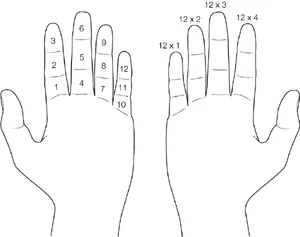
FIGURE 1.11

FIGURE 1.12
But they didn’t think of zero as a number in its own right. For them it was just a symbol used in the place-value system to denote the absence of certain powers of 60. Mathematics would have to wait another 2,700 years, until the seventh century AD, when the Indians introduced and investigated the properties of zero as a number. As well as developing a sophisticated way of writing numbers, the Babylonians are responsible for discovering the first method of solving quadratic equations, something every child is now taught at school. They also had the first inklings of Pythagoras’s theorem about right-angled triangles. But there is no evidence that the Babylonians appreciated the beauty of prime numbers.

FIGURE 1.13
The Mesoamerican culture of the Maya was at its height from AD 200 to 900 and extended from southern Mexico through Guatemala to El Salvador. They had a sophisticated number system developed to facilitate the advanced astronomical calculations that they made, and this is how they would have written the number 17. In contrast to the Egyptians and Babylonians, the Maya worked with a base-20 system. They used a dot for one, two dots for two, three dots for three. Just like a prisoner chalking off the days on the prison wall, once they got to five, instead of writing five dots they would simply put a line through the four dots. A line therefore corresponds to five.
Читать дальше
